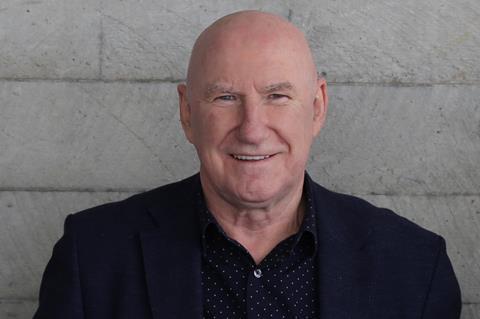There is nothing better than real-life meetings with colleagues and contacts, says Jack Pringle. The office is not dead but it must be redefined

The pandemic has changed how we have worked in offices over the past 15 months and maybe will change how we will work for good. It has also changed how some of us want to live and our view on work/life balance – and that’s rather different depending on your stage in life.
As we come out of lockdown, we approach a whole new and exciting world for office workers. Where we work and how and when we travel to work will be redefined. The very purpose of the office will be rethought.
No longer an email or document factory, it will be a place to meet formally and informally, to train, to mentor to inspire and to lead. The young will be released from the jail of their rented bedrooms, free to collaborate, to learn and just to plain socialise in great offices, again. Smart commuting (no more rush hour), sustainability, health and wellness will take on new priorities.
One could feel the palpable joy of meeting real people in real situations
After the government lockdown release on 21 July, which Sajid Javid seems determined to go ahead with, I anticipate an interim phase when people will start to reuse their offices more fully, but still tentatively and carefully. Many organisations will be looking for an interim fix while they work out their long-term strategy. And, of course, we may yet yo-yo in and out of another sort of lockdown.
For the first time since March 2020, last week I have had a first few meetings IRL (in real life). At all of them one could feel the palpable joy of meeting real people in real situations.
It makes one feel strangely popular and that just about made up for the inefficiency of coming into town for a one-off meeting. I was reminded why people work in a CBZ (Central Business Zone) as it is so efficient to be close to others if you have real meetings with them day in and day out.
Getting hybrid to be easy and convenient has a long way to go. But it will come
So, maybe city centre offices are not dead yet. One meeting I had was a “hybrid meeting”, with 10 people in the room and four others on Teams on a screen. We were determined to get it right – and what a production that was.
We had two IT/AV technicians on hand with multiple cameras panning and zooming to whomever was talking in the room. Operating 100% Teams or Zoom is easy and efficient. Operating 100% in real life is old-school easy, but getting hybrid to be easy and convenient has a long way to go. But it will come.
Another of my IRL meetings was to be shown around 22 Bishopsgate, the tallest and largest tower in the City of London and a project I worked on. It is mainly let now and seems a great success because, I believe, the team got the concept of the building right three years ago.
It was way ahead of the curve – and bang on point now post-pandemic. The original idea was of a vertical village that welcomed the City in at ground level and then provided a lot of tenant facilities up the building.
I say ahead of conventional thinking as I am now hearing of a lot of developers who are enhancing their offer to tenants by offering buildings with facilities and even fully fitted or “cat A plus” space. It’s a no brainer; most lawyers or banks or IT companies don’t want to run restaurants, gymnasia and conference suites. They just want to get on with their own business.
Developers have been lazy in not wanting to get involved with services to tenants – but “needs must” now in a very challenging market. It is good news for tenants who don’t want the operational hassle, don’t want the capex on their balance sheet and don’t really know what they want from their offices over the next few years.
CEOs are ordering senior staff to come back into the office – like it or not
Another talking point this week has been the generational divide. Comfortable middle and upper-ranking managers have rather liked not commuting into the office and took well to Zooming from their home offices in between games of tennis and walking the dog. They don’t really want to come back to the office and do two and a half hours travelling every day and arrive home at 8pm. Some have even moved further into the country to get more space, to be even more comfortable – and to have an even longer commute.
Meanwhile the young – and bearing in mind that the average age of big companies is normally around 32 that’s a lot of “young guns” who are driving the businesses – are desperate to get back to a great office, to learn something and to meet great people. The result is that CEOs are ordering senior staff to come back into the office – like it or not.
Stay safe– it’s not over yet.
Chair of the RIBA trustee board, Jack Pringle is co-founder of Studio Pringle and was principal and EMEA regional director at Perkins+Will for eight years



























No comments yet